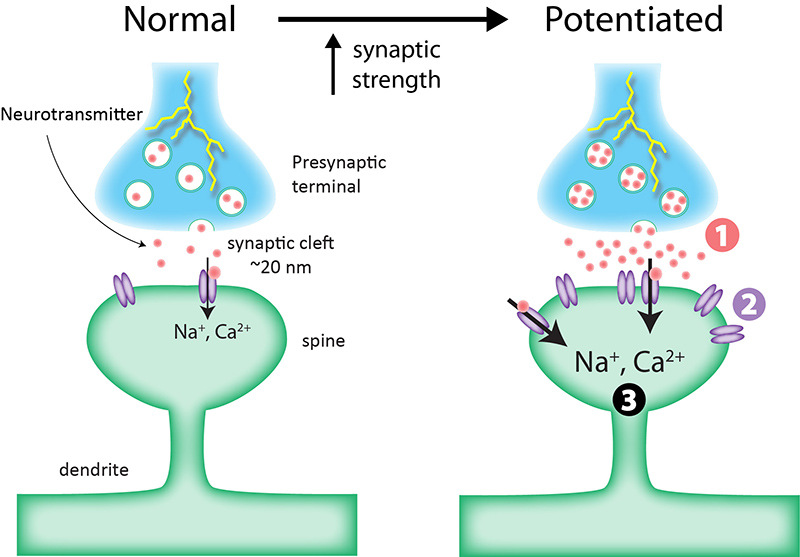How Can We Influence the Brain?
Episode #10 of the course Understanding your brain by Betsy Herbert
Welcome back!
By now, we’ve taken a thorough tour through the most fundamental concepts in neuroscience. We’ve covered basic neuroanatomy, learning the functions of all the major brain areas. We’ve learned how neurons generate and receive electrical signals and send them zipping around the brain. We’ve looked at each of the five senses in turn and learned how the brain generates movement. We’ve also delved into basic pharmacology, learning how various compounds can act on the brain in different ways.
Hopefully, it’s given you a slightly clearer picture of what goes on up there. But think of all the topics we haven’t covered! Memory, learning, language, sleep, dreams, thought, consciousness … In this course, I’ve given you just the bare foundations needed to explore some of these intriguing topics for yourself. I highly recommend doing so—you won’t be disappointed!
Today, we’ve got just enough time to break into one of these topics. Let’s choose learning and memory. You may have heard of the basic concepts behind how we learn new information—the concept that neurons that fire together, wire together. But have you ever wondered how it works?
The idea is known as Hebbian plasticity, and it says that if a neuron B is active just after neuron A, the strength of connection—or weighting—between the two neurons will increase. Conversely, if neuron B is not active, the strength of connection will decrease. But what do we mean by “connection strength”?
Essentially, it’s the number of receptors at the synapse. Remember how neurotransmitters are released into the gap and bind to receptors at the other side? If there are more receptors waiting there, more neurotransmitters can bind, making it more likely for the signal to be generated in the next neuron. When the number of receptors is increased, we call it long-term potentiation (LTP); when it’s decreased, it’s long-term depression (LTD). The general concept of increasing and decreasing connection strength is called synaptic plasticity. It can happen anywhere in the brain, but it’s especially common in the hippocampus where your memories are stored.

Long-term synaptic plasticity.
Let’s consider what this might mean for your memories. Whenever you think of something, a particular network of neurons is activated, and they fire in sequence. The strength of connection between these neurons is therefore incrementally increased. When you think of the same thing again, the connection strength increases further, meaning that after concurrent reactivations of the same network, it becomes easier to activate in the future. This is why we remember something better after repetition; the concept becomes easier to retrieve.
Obviously, learning is much more intricate than simple repetition and reactivation of the same information; we also need context and existing knowledge to embed the new information into. But the concept of network strength increasing with reactivation has important implications for our thought processes too. When you’re stuck on an unhealthy thought loop—feeling inadequate, for example—the circuitry you’re activating is becoming stronger and stronger, like a steady trickle of water carving rivulets in the sand. It therefore becomes much easier to activate and hard to get out of once you start. Many neuroscientists and psychotherapists have suggested ways to turn this around, by initiating the same process of long-term potentiation on healthy, positive thought-loops to try to counteract the negativity.
Like anything in the brain, the molecular mechanisms behind synaptic plasticity are immensely complex and have far-reaching implications for learning, memory, mood, disabilities, and neuropsychiatric disorders. If you’re interested, it’s definitely worth reading further and seeing how your newfound knowledge of how your mind works might affect your life.
And with that, we arrive at the end of our time together. Thanks for joining me on our journey toward understanding the brain! I hope you’ve found the lessons informative and inspiring; it’s certainly been a pleasure to teach.
I wish you all the best with any endeavors into neuroscience you may take in the future!
Betsy
Recommended reading
Ten Fundamentals of Rewiring Your Brain
Share with friends

